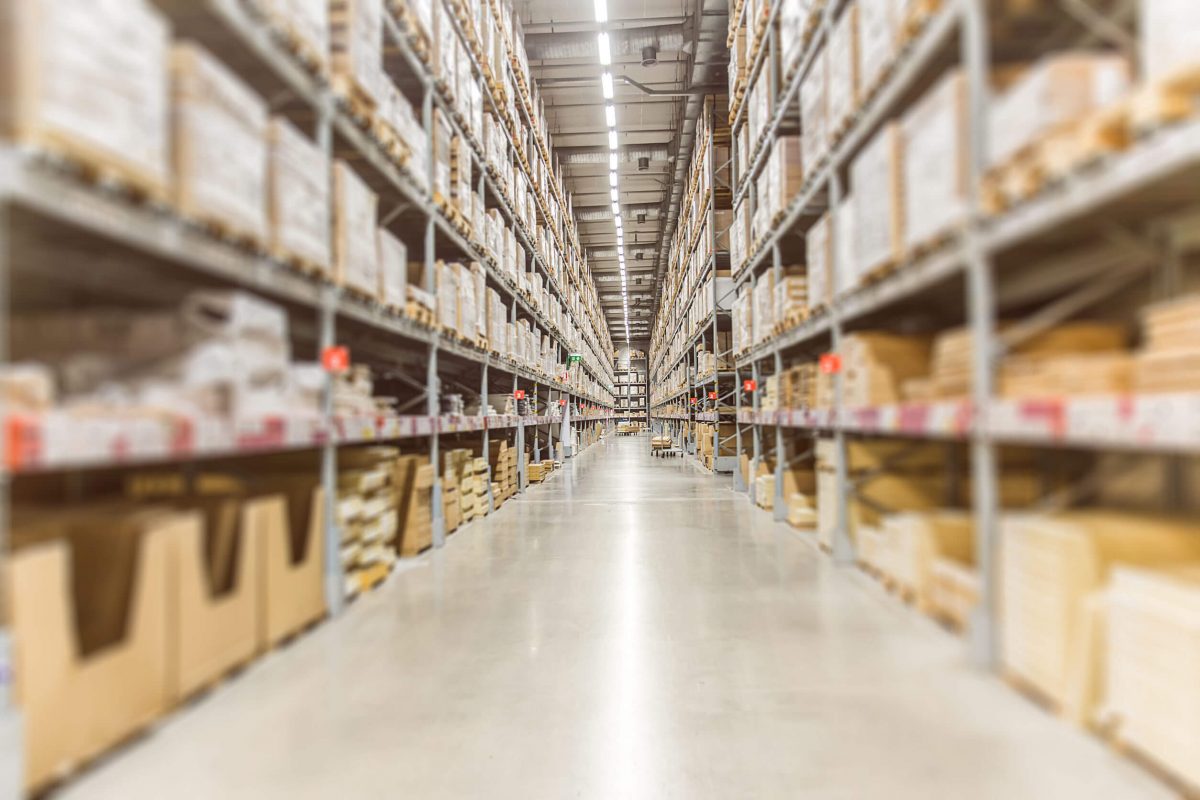Ah…Amazon storage fees: who doesn’t love to calculate what they owe? Naturally, you hope to pay as little as possible, having all your products fly out of the warehouse, so there’s not much to pay, right? Unfortunately, that usually isn’t how today’s eCommerce works (unless there’s something we’re not aware of).
So, for you, the Amazon seller, here’s the question: how much are Amazon storage fees? How much will Amazon FBA storage cost you?
How Much Are Amazon Storage Fees:
There are two types of storage fees: Monthly inventory storage fees, and long-term storage fees.
Monthly Inventory Storage Fees
Fulfillment center space for shipments is at a premium, so their cost keeps going up. The more space your inventory needs to take, the more your storage fees will cost, which of course has an effect on your Amazon seller fees. Storing a good portion of your inventory somewhere else can cut your FBA storage fees, though of course, it’s a bit less convenient.
Long-term storage fees:
For every inventory sitting in the warehouses for six months or longer, Amazon charges an additional fee. Because space is so valuable at Amazon warehouses, the company encourages sellers to manage their inventories as efficiently as possible, and reduce long-term inventories as much as possible.
In a nutshell, Long-term storage looks somewhat like this:
- Items stored for 6 months or longer, will be charged long term storage fees.
- Items stored for 6 to 12 months will be charged a fee of $3.45 per cubic foot.
- Items in storage for one year (365 days) or more, will be charged a fee of $6.90 per cubic foot.
Calculating Monthly inventory storage fees
Amazon charges all items stored at Amazon fulfillment centers, per cubic foot and based on the month and the volume of your merchandise. These are further divided into two categories each with two subcategories:
Standard-size items:
- January – September – $ 0.64 per cubic foot
- October – December – $2.35 per cubic foot
Oversized items:
- January – September – $ 0.43 per cubic foot
- October – December – $1.15 per cubic foot
A more detailed explanation of long-term storage fees can be found here. And while sellers can and should do their own measurement, Amazon has the final say in the matter, as stated in the Seller Central: “Amazon reserves the right to make its own measurement of the cubic feet or weight of packaged units or representative samples. In the event of any conflict between an Amazon measurement and information provided by the seller, Amazon’s measurement will govern.”
The monthly storage fee is applied to your Seller Central account usually between the 7th and 15th day of the month, to cover the storage fees for the previous month’s business. Rates vary depending on what time of the year it is. As you might expect, rates go up significantly during the holiday season, when fulfillment center storage space is particularly exorbitant.
You’re are probably asking yourself, how can you determine to which category do your inventories fit into? Luckily, you can find out with just a few clicks from your Amazon Seller Central account. From the main dashboard, go to Inventory > Manage Inventory, and click on the Inventory Dashboard. Scroll down until you see FBA Inventory Age and click on view details. You will see an assessment of your long-term storage fees, in addition to the “age” of your inventories.
Another way to measure your storage fees is by using something called Inventory Health Report: From your Amazon Seller Central menu, go to Reports > Fulfillment. On the left side of the screen, select Show More followed by Inventory Health.
How to avoid hefty storage fees
You can avoid hefty storage fees already from the beginning, by planning ahead: when you start out as a seller, begin with a small quantity, until you get a sense of how fast your products are selling. According to Amazon, you can avoid long-term storage fees, by removing inventories before the “clean-up” dates (February 15th or August 15). It, therefore, makes sense to send out inventories shortly after these dates, so that by the next “clean up” date, you will have as little inventory as possible. And for what inventory does remain, you can set up “automated removals.” Inventories you don’t remove will continue to be available, but of course, you will continue to pay for them.
But wait a minute…what if you don’t want to pay the extra fees to Amazon but still didn’t get rid of all my stock? You can store your inventory at locations other than Amazon warehouses – such as your house, storage unit, storehouse or any other low-maintenance location. Keeping the minimum amount of inventory at Amazon while with the bulk at another, lower-cost location allows you to both keep your FBA storage costs low, and restock it when you see it is running low.
Store Additional Inventory Outside of Amazon FBA
Another option for avoiding storage fees with Amazon is to keep a stock of inventory on hand in a location other than Amazon’s warehouses, such as your home, a storage unit, or another free or low-cost location. By keeping inventory stored in an easy-to-access location, you can keep lower volumes of inventory at Amazon and minimize storage fees, knowing that you can quickly ship off inventory to Amazon’s warehouses to avoid running out of stock when your inventory gets low. This approach gives you more flexibility when it comes to managing your inventory, versus always sending your full merchandise order directly from your manufacturer to Amazon. Particularly if your minimum order quantities are high, or your manufacturer is overseas, this approach can save you a lot of money.
It’s important to be smart in your inventory management – whether it’s brick-and-mortar shop or selling on Amazon. Using Algopix allows you additional ways to manage your inventories carefully, noting which are the best Amazon marketplaces to sell your products and decrease your inventories quickly, and liquidate any overstock by providing a platform to offer other Amazon sellers, your inventory (which can be crucial if you near the “clean-up” dates and still have inventories) thus, saving yourself extra storage payments. Algopix also provides a very useful FBA free calculator for Amazon.




